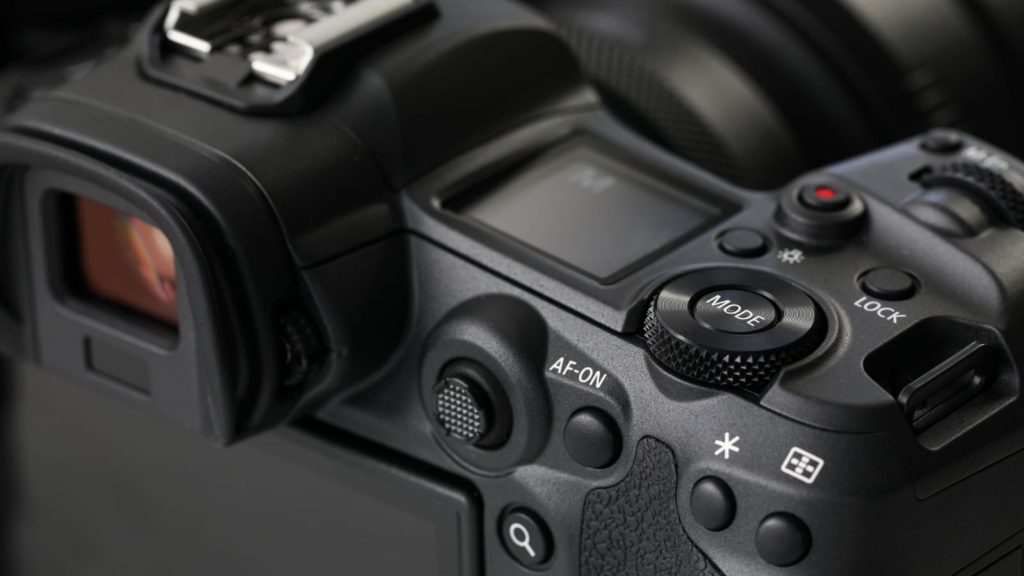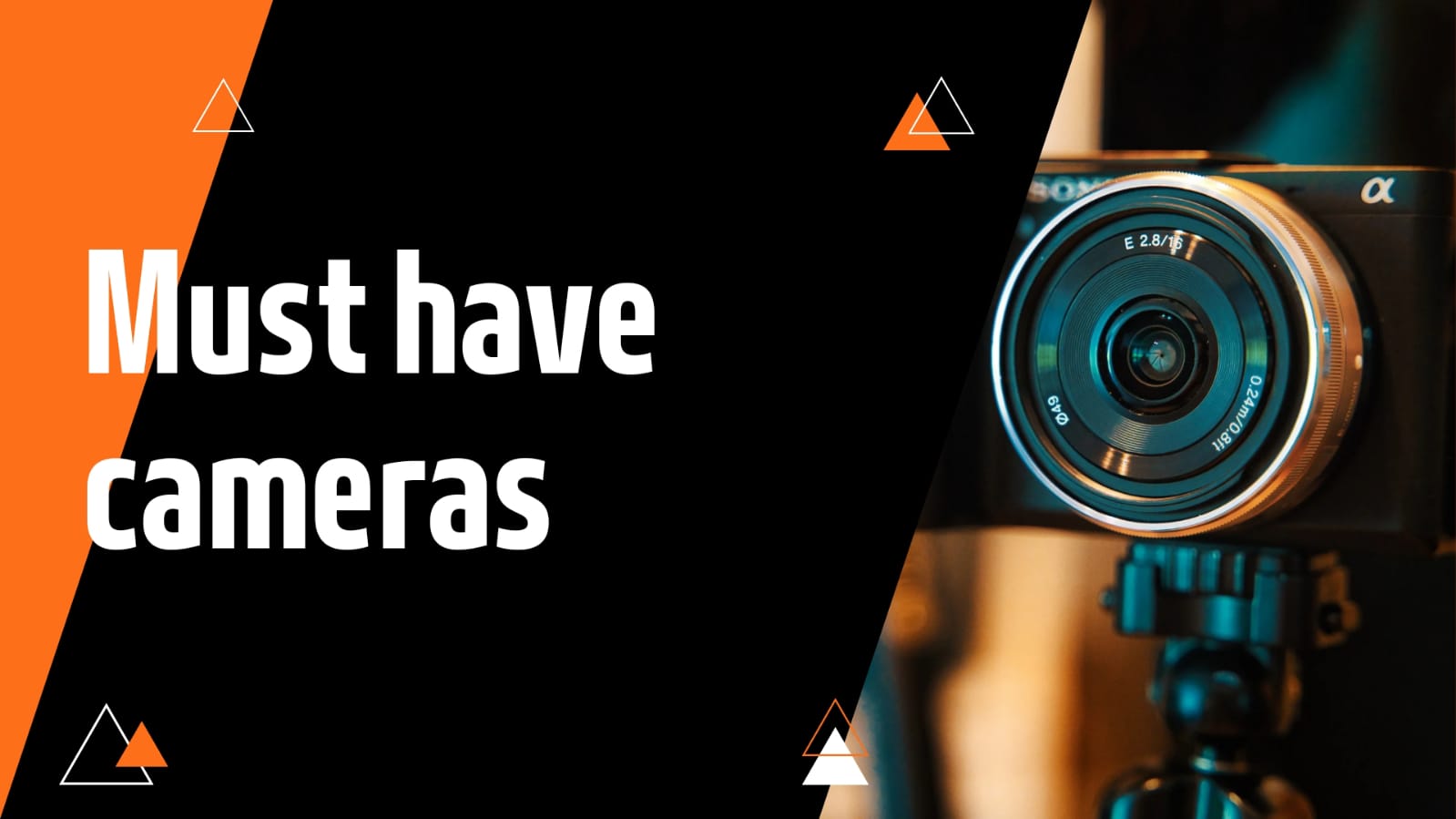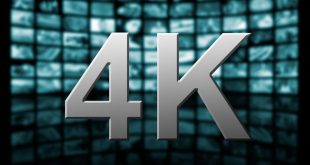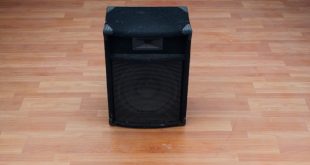I tested the best Canon cameras to find the best ones. Canon cameras produce absolutely incredible photos and videos with gorgeous colors, and they have a camera for almost anyone, from hobbyists to serious shooters. So in this article, I’ll be covering the best cameras from Canon for different experience levels and budgets and showing you guys what features and specs you actually need in your camera for your shooting style. Now, the first camera on this list is probably one of Canon’s most popular cameras of all time. That’s because it combines high-end photo and video specs with a very versatile body, making it a great camera for not only hobbyists and serious shooters, but pretty much anyone who wants a robust camera without breaking the bank. And that is the Canon R7. What makes the Canon R7 such a remarkable camera is probably the sensor, where most cameras have maybe a 20, 24, or 26-megapixel sensor. The Canon R7 actually has one of the highest resolution sensors, which is a 32.5-megapixel APS-C sensor. With this much resolution, not only is it a fantastic camera for printing out your photos, even to a really large size, but you can also zoom in and crop your photos without losing too much detail because you already have so much resolution. And if you’re a serious editor, you can go right in and edit even the tiniest little detail in your portraits and landscape photos because of that incredible resolution. And the APS-C sensor is pretty much the ideal size for most people shooting things that are really far away, like sports, wildlife, car shows, and airplanes, and the R7 is also incredible in low-light. You can shoot as high as 3200 ISO without any issues, and you can go even as high as 12,800. At 12,800, it is a bit grainy but still very usable, and you can easily fix it up in Photoshop and Lightroom. And the autofocus on the R7 is spectacular. It has Canon’s dual-pixel AI-based autofocus, which is also touch-enabled using the touchscreen on the back. And it actually intelligently recognizes subject matter in people, animals, and cars. And it already has a ton of data about the subject matter on the camera. So the autofocus is already guessing where the subject’s going to move. And this leads to very reliable and sticky autofocus. And if you’re a beginner, you can pretty much just set it and forget it. The touch autofocus works spectacularly. And if you’re a professional, it’s a really reliable auto-focusing system that’s not going to make you second-guess your shots. And the UR7 also has five-axis stabilization directly built into the sensor. This is going to give you a very smooth handheld video. This is especially important for people that are shooting running gun events or if you’re on vacation, and it’s also going to let you shoot your photos at a lower shutter speed without having to deal with blurry photos. Now, the sensor alone is really impressive, but it gets even better when you look at the shooting speeds and frame rates. In mechanical shutter mode, it shoots at 15 frames per second, which is already really fast and good enough for most sports and wildlife. But it gets even better at 30 frames per second, which is as fast as video, making it almost impossible to miss your shots. But what makes the R7 even more impressive is the frame buffer. Because in electronic shutter mode, when shooting at 30 frames per second, you can shoot up to 126 jpegs or 42 raw photos. And if you’re shooting slightly slower at 15 frames per second, you can shoot 224 photos or 51 raw photos. This is going to make sure that your camera does not stop on you when you’re capturing that event, and it’s going to be able to allow you to capture long bursts of action without having to worry about missing your shot or starting too soon or too late in the action. And video is just as impressive in the Canon R7, but it does 4K video slightly differently. It actually does 4K video at 24 and 30 frames per second, which is down sampled from 7K. And the main 4K mode is going to be perfect for 90% of the people out there. It’s going to give you incredible 4K video that’s perfect for casual video, client and documentary work, even YouTube or vlogging. It’s pretty much going to do it all. And the 7K over-sampled footage also helps you improve noise levels when shooting in low light. And the R7 can also record at 4K 60 frames per second for two times slow motion without a crop or any kind of degradation of video quality, which is a really rare feature, especially in a camera like this. And on top of that, you also have full HD at 60 frames per second and 120 frames per second. And the R7 also does not seem to have overheating issues. I shot several clips that lasted over an hour, and I did not have any issues. The VR7 also has the ability to record in 10-bit C-Log3, giving you a ton of flexibility with your colors. And if you’re someone who likes to shoot cinematic video or just make your videos look a little bit more professional, you’re going to be able to easily do that with this camera. And design-wise, the Canon R7 is a well-built and solid camera, and it’s also weather-sealed on top, so you can take this camera pretty much anywhere. And the Canon R7 has really user-friendly and simple ergonomics. It’s a really easy camera to simply pick up and figure out, even without an instruction manual. And the R7 also has a sound-articulating screen, which is also touch-sensitive. So not only do you have touch autofocus, but you can also use the touchscreen to change all of your major settings, including navigating the menu and changing shutter speed, ISO, and aperture. And the R7 also has a joystick and scroll wheel for navigating the menus, as well as changing your autofocus points. And on top of that, the R7 also has a really large battery. The Canon R7 is one of those cameras that really has no downsides. If you want a powerful, beefy camera that literally does it all without completely breaking the bank, the Canon R7 is one of the best cameras you can get from Canon right now. Now, if you don’t want a camera with all of that tech in it, and instead, maybe you just want to save some money, you can actually get about 80% of the performance from the Canon R7 for less than half the price. The best value for your money from Canon is definitely the Canon R50. The R50 is significantly smaller and more compact than the Canon R7, but it still has a ton of great tech inside of it, and it’s super well built. However, the R50 is not weather-sealed, so be gentle with the little guy. But it’s still a well-built and durable camera. On top of that, it has great handling and ergonomics. Pretty much every Canon camera is known for being really user-friendly and easy to pick up and get results from. One mode that beginners are going to love in this camera is known as intelligent auto, where you can actually tell the camera what you want it to do in terms of brightness, background blur, color, and saturation, and the camera will automatically make all of those complex settings for you, making your camera a lot easier to figure out when you’re just starting out. And the Canon R50 also has a side-articulating screen with touch autofocus and the same great touch controls that we saw in the Canon R7. The R50 also has a really decent built-in microphone for vloggers. It’s not phenomenal, but it will get the job done. And you can also plug in your own microphone for better audio. And inside the Canon R50, you have a 24-megapixel APS-C sensor, which is still plenty of resolution for both casual photographers and enthusiasts. And this sensor is giving you the best deal when it comes to price and resolution. And the Canon R50 also has a dedicated low-light mode for improved low-light performance, but it’s not quite as good as the R7. However, the R50 does have really solid built-in digital stabilization for smooth handheld video. However, this does not carry over to photos. However, what does carry over is the phenomenal autofocus from the Canon R7 that’s also AI enabled. So it can intelligently recognize subject matter like people, animals, and cars, and it does a phenomenal job with moving subject matter. So when it comes to autofocus, it’s pretty much set it and forget it. And it’s a very reliable autofocusing system overall. Now, when it comes to actually shooting with the R50, it can shoot anywhere between 12 and 15 frames per second, and you can shoot as many as 28 to 42 JPEGs in a row. This is pretty much perfect for casual shooters who just want to capture life or a little bit of fast-moving action like sports or wildlife. This camera’s going to allow you to shoot 99.9% of the things that you want, as long as you’re shooting JPEGs. However, when it comes to RAW, this camera only shoots seven RAW photos in a row. So if you’re someone who likes to shoot your photos and heavily edit them, this is probably not the camera for you, and the R7 is probably a better bet. But if the R7 is too expensive, another camera I recommend looking at is the Canon R10, which is perfectly between the R50 and the R7. The R10 can actually let you shoot up to 240 JPEGs in a row or 29 raw photos in a row while still shooting at 15 frames per second or 23 frames per second in electronic shutter mode. When it comes to shooting video, the R50 is a very capable video camera. shoots 4K, which is also downsampled from 6K. So you’re going to get the quality and detail of 6K but a smaller 4K file size. And just like the Canon R7, this is perfect for casual videographers, lifestyle shooters, or someone who’s maybe trying to do a little bit of YouTube. One thing to note, though, is that the Canon R50 does not have a very long run time. You can expect anywhere between about 45 minutes and an hour when it comes to recording time. After that, you will get an overheating warning. Sadly, there’s no 4K 60 in the R50. However, you can still shoot full HD at 60 frames per second and 120 frames per second. And this is pretty much everything you need in terms of slow motion for most casual shooters. The R50 also has HDR PQ mode, which gives you a flat picture profile with 10-bit color and enhanced dynamic range. This is a great picture profile to work with if you’re just getting started in terms of creating cinematic videos or if you’re just a casual shooter that wants to be able to go in and tweak your colors just a little to maybe even fix up a shot. And with this picture profile, you’re still going to get plenty of flexibility with your colors, even though there’s no C-Log3 in this camera. In terms of Canon cameras, the R50 is hands-down the best value for your money. You’re going to get a simple and easy-to-use camera with gorgeous photo and video quality, and you’re going to get it at a pretty unbeatable price. So if you want something compact and budget-friendly, the R50 is definitely the one you should look at.

If you’re someone who’s very serious about your photos and videos, chances are you probably want a full-frame camera. And the two best full-frame cameras from Canon are the Canon R8 and the Canon R6 Mark II. And the Canon R8 is actually a thousand dollars less than the Canon R6 Mark II while still giving you most of the same specs. Both cameras have a 24-megapixel full-frame sensor that’s going to give you a ton of resolution, but also a wider field of view that arguably looks more cinematic. But with the larger sensor, you’re also going to see dramatically better low-light performance, even better than the R7. When shooting in full stops of ISO, the R6 and the R8 are good at 800, 1600, all the way up to 12,800, and you’re going to get perfectly clean, very usable photos and videos. And by having such incredible low-light performance, it is going to make these cameras extremely versatile, not only in terms of what you can shoot but also the environments in which you can shoot them. And these are really cameras that you can take anywhere with you. Whether you’re shooting YouTube vlogs, doing travel filmmaking, or maybe doing some documentary interviews, this is a camera that you can take anywhere with you. And both cameras have the same dual-pixel AI-based autofocus seen in the other cameras that can intelligently track people, animals, and cars. But because both of these cameras are slightly newer, they do have an updated algorithm that, in my opinion, does make them a little bit more reliable. But for most casual users, you probably won’t notice, but if you’re a pro, you want to get the best possible autofocus you can. Now, when it comes to actually shooting with these cameras, let’s talk about video first, because both cameras shoot absolutely incredible 4K video that is also down sampled from 6K, not just in 24 and 30 frames per second, but also 60 frames per second. And on top of that, there is no cropping or downgrading of video quality in 4K 60 mode. For a full-frame camera, that’s really rare because most full-frame cameras do not let you shoot 4K 60 without a heavy crop or some kind of video degradation. When it comes to shooting video on a full-frame sensor, both of these are phenomenal video options. And the R6 Mark II also has built-in 5-axis stabilization to give you smooth handheld video and photos at a slow shutter speed.
The R8, however, is only digital stabilization, which is best for handheld video, but it’s still going to give you very smooth handheld results for video. The R6 Mark II is probably a little too big to vlog with, so if you do want to vlog with these cameras, the R8 is definitely a better choice. And both cameras also have a C-Log3 color profile that also gives you 10-bit color and 422, so both of these cameras can become very cinematic if you know how to use them. Now the place where you’ll see the biggest difference between these two cameras is photography and design. The R6 Mark II shoots as high as 12 frames per second in mechanical shutter mode, but the RA does not actually have a physical shutter; instead, it uses a first-current electronic shutter, which gives you a much slower speed of 6 frames per second. But both of these cameras can actually shoot as many as 40 frames per second in electronic shutter mode, which is pretty much enough for any kind of shooting. It’s so fast, and because you have such a large frame buffer, you can pretty much shoot anything with these cameras. However, one thing to note is that electronic shutter mode does come with a little bit of warping, but it’s not super noticeable unless you’re shooting straight lines or baseball bats. Design is where these cameras have their biggest differences, but one isn’t better than the other. They’re just made for two different types of people. The R6 Mark II is more of a professional camera body. It’s a really big and robust body. It is also weather-sealed, and it has way more buttons and dials, but it’s mainly to help the shooter shoot faster and with more efficiency. The R8, however, has a very small and nimble body size. It doesn’t have a ton of buttons on it, and it’s a very minimal button layout, but this is okay for casual shooters who don’t need to focus on efficiency and speed and are just trying to get a good photo or video. Both cameras also have a side articulating screen that has touch controls just like the other Canon cameras, but the R6 Mark II does have a joystick for navigating menus and changing autofocus points.
And another thing that the R6 Mark II does better is that it also has a larger pro-style battery that’s going to give you several hours of video and hundreds of photos on a single charge. The R8, however, has a much smaller battery, but I think that’s perfectly fine considering this is more of a casual camera, and for casuals, this battery will probably last long enough. But you can also pick up a pretty cheap alternative battery on Amazon for only about $30 to $40. Now, if you’re someone who’s a very serious shooter, the Canon R6 without a tripod is the better choice for you. It’s going to give you everything you need, plus high-end specs and design quality. But if you’re someone who’s just casual, but you just want the look and image quality of the R6 Mark II without having to pay R6 Mark II professional prices, and you also want a smaller and more compact camera, the DR8 is without a doubt a better choice for you, and it’s also $1,000 cheaper.



